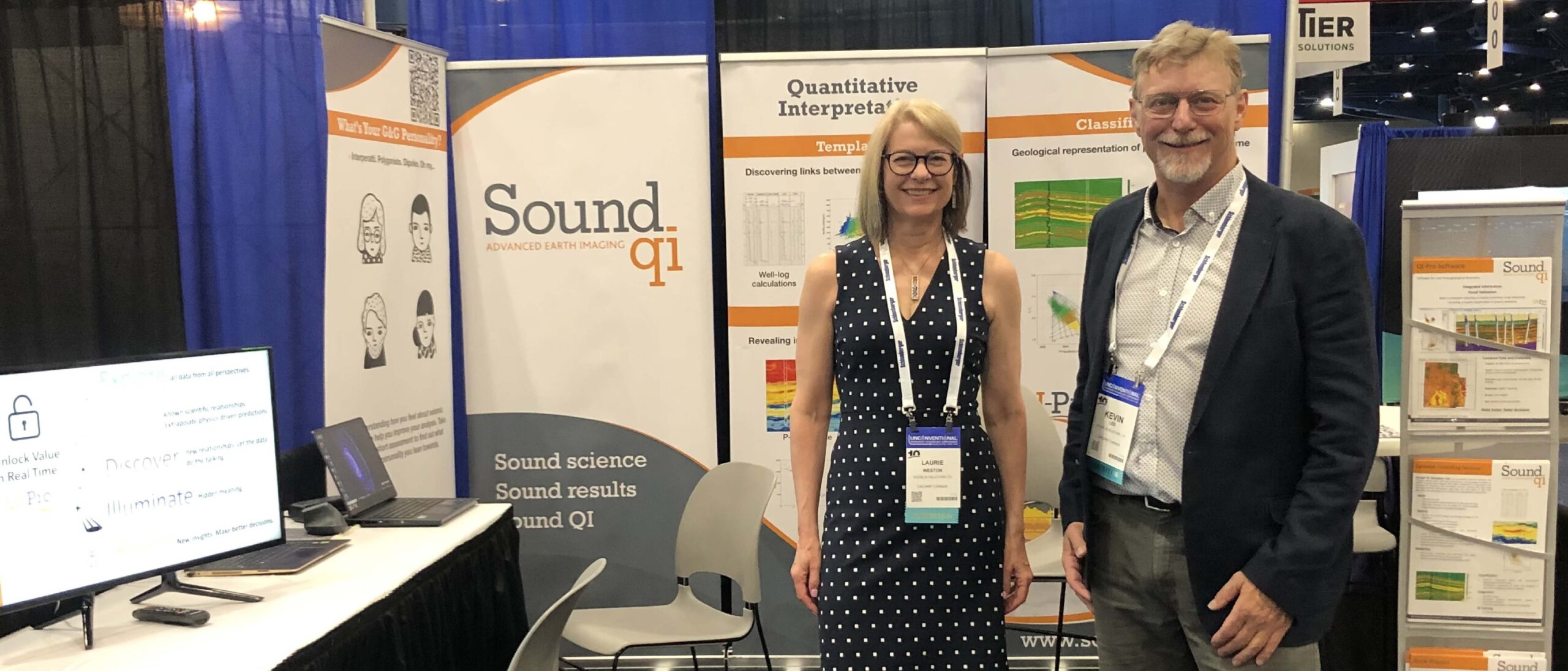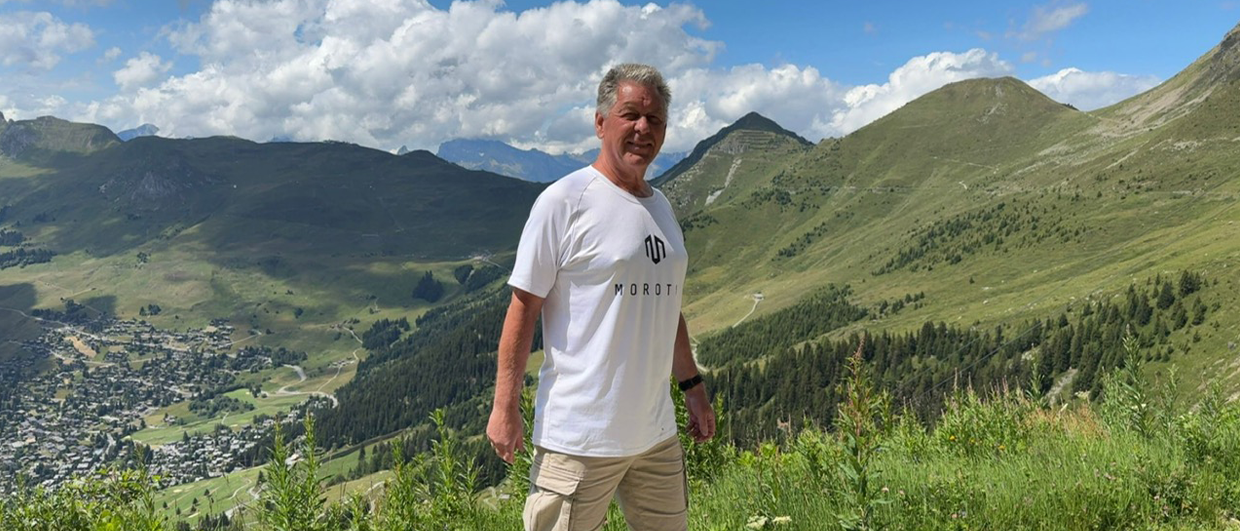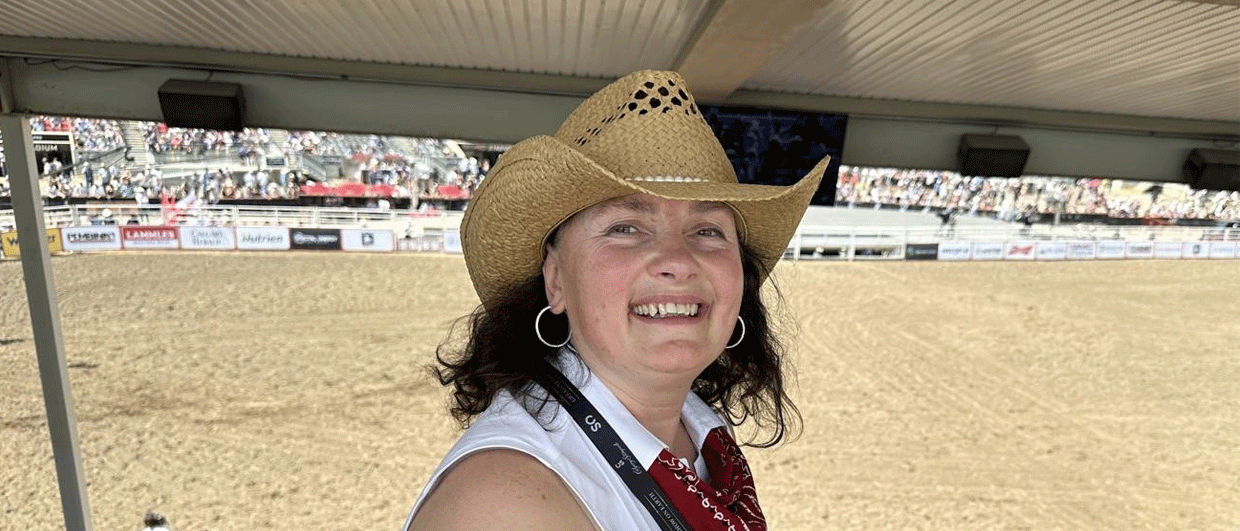May 10 1968: Well 7/11-1 in the Norwegian sector of the Central Graben, the first well on the Cod prospect, was reported as a discovery with hydrocarbons in Palaeocene sandstones. But an appraisal well a few months later was disappointing and the discovery was declared non-commercial at the time (Cod was later declared commercial and produced some 66 MMboe from 1977 to 1998). These are the dry facts – one year before the giant Ekofisk field was found, opening up the North Sea as an oil province.
This not-so-promising conclusion about the Cod discovery came from a young, albeit very experienced, geologist. Farouk al-Kasim had just arrived Norway in the spring of 1968, having fled his home country of Iraq. At that time, Norway did not have an oil industry as such, and only a few wildcats had been sunk. Iraq, on the other hand, had made several supergiant discoveries, and al-Kasim knew all about them.
Carrying out this important evaluation was his first assignment for the Norwegian authorities. The government was, at this time, completely devoid of geoscientists with experience of the oil industry. Norway consists predominantly of hard rocks, and no one had ever thought of looking for oil under the North Sea until Phillips Petroleum began to show interest in 1962.
Al-Kasim’s expertise was therefore highly appreciated amongst bureaucrats in the Department of Industry. Without hesitation he was offered a temporary job. “My conclusion was that Cod was a marginal discovery, but it was nevertheless very important. It demonstrated beyond doubt that the North Sea had a working petroleum system. While the oil had been generated in the central part of the basin, the flanks would be the right place to explore,” says al-Kasim about his conclusions.
Today we all know that he was spot on. But at the time he certainly did not have even the faintest idea that he would end up playing a key role in the Norwegian oil adventure.
Celebrated Geologist
35 Bboe have flowed from multiple Norwegian oil and gas reservoirs since then. The giant Ekofisk was the first to be put on stream in 1971. Statfjord, Gullfaks, Snorre, Oseberg, Troll and others were to follow. Two years later, in 1973, both Statoil and the Norwegian Petroleum Directorate (NPD) commenced operations in Stavanger.
“When the NPD – and Farouk – went to work in 1973, it was assumed that Ekofisk would produce 17% of the oil reserves in place. Instead, Ekofisk may go on for another fifty years and could recover 50%,” writes Gunnar Berge, former Director General, NPD, in his foreword to al-Kasim’s book “Managing Petroleum Resources”, published in 2006. To make a long and complex story short, it is now well known that al-Kasim was instrumental in improving the recovery percentage through water injection. Without this move, Ekofisk would have been closed several years ago.
Al-Kasim was with NPD from day one and stayed on until 1991 as resource director. Since then he has worked as a consultant travelling the world. His mission has been to give advice to governments about how to manage their petroleum resources. It was time to capitalize on his ten years experience as an exploration and production geologist in one of the world’s richest oil provinces, as well as his in-depth knowledge about the Norwegian Model.
Then, after more than 15 years outside the spotlight, in 2009 al-Kasim was portrayed in the Financial Times. “Almost forgotten”, and virtually unknown amongst the younger generations, his name was revived. In January this year, the Geological Society of Norway staged the “Farouk seminar”, a tribute to his dedication to improving oil recovery.
The Norwegian Model, as it is now called, is based on a threefold division of responsibility – politics (Ministry of Oil and Energy), management (NPD) and business (Statoil). The idea of a Directorate model dates back to the 19th century when it was realised that the state has rights to its strategic resources such as waterfalls, forests and minerals. It follows that the state also needs the expertise to exploit these resources.
Fascinated by Burning Gas
 Farouk al-Kasim’s book Managing Petroleum Resources (Oxford Institue for Energy Studies, 2006) is considered a reference work in resource management. With the Norwegian Model as a background he describes in detail how to avoid the “oil curse”.Farouk Al-Kasim was born in southern Iraq in the middle of the 1930’s and grew up in the hot and steamy town of Basra on the Arabian Gulf. The supergiant Kirkuk had already been discovered (1927), but most of the country was unexplored. Iraq Petroleum Company (IPC), a consortium consisting of the five largest oil companies in the world, dominated the Iraqi oil industry, and most of the production came from Kirkuk, although it was only in the 1950s that production reached a level of 100,000 bopd.
Farouk al-Kasim’s book Managing Petroleum Resources (Oxford Institue for Energy Studies, 2006) is considered a reference work in resource management. With the Norwegian Model as a background he describes in detail how to avoid the “oil curse”.Farouk Al-Kasim was born in southern Iraq in the middle of the 1930’s and grew up in the hot and steamy town of Basra on the Arabian Gulf. The supergiant Kirkuk had already been discovered (1927), but most of the country was unexplored. Iraq Petroleum Company (IPC), a consortium consisting of the five largest oil companies in the world, dominated the Iraqi oil industry, and most of the production came from Kirkuk, although it was only in the 1950s that production reached a level of 100,000 bopd.
“At school, the challenge was to end as one of the “top hundred” in the entire country. The reason was obvious. We would all get a grant to study abroad, and then get a job for the purpose of replacing the foreign experts. This was part of the “Iraqifization” that the government had decided upon,” explains al-Kasim.
“As a young boy I was fascinated by the burning gas in the desert. I had always wondered how oil and gas had been formed. I wanted to be part of that industry.”
At only 16, al-Kasim went to London and the prestigious Royal School of Mines at Imperial College to study petroleum geology. To his surprise, they were only teaching hard rock geology. At the same time, however, a sedimentologist was hired, and petroleum geoscience was incorporated. For field work they travelled to the Jura mountains in France where both sandstones and carbonates are found.
In London al-Kasim also found a courageous Norwegian girl working as an au pair. They married and together returned to Iraq in 1957, where he landed a job with the Iraq Petroleum Company (IPC). With his new family Farouk al-Kasim was about to start his career.
Major Discoveries in Iraq
IPC operated supergiant fields like Kirkuk, Zubair and Rumaila and had an exploration license covering the entire country. There was a strong need for geologists. Al-Kasim’s first assignment was to assist in the drilling operations as a well-site geologist in the middle of the dry and hot desert.
After few years he was transferred and started on a new career as a production geologist on Zubair and Rumaila, where the team’s first task was to assess the reserves. “We did a thorough job during three dedicated months spent studying both logs and cores. The outcome was that the reserves were increased by as much as 25%, because we included several thin zones that had previously been overlooked,” al-Kasim explains. “This was a perfect example of the fact that geologists have an important role throughout the entire value chain. It actually became a turning point in my career,” he adds.
His next undertaking was a sedimentological and petrophysical study of the Upper Cretaceous Mishrif Formation, which later turned out to be the most important carbonate reservoir in Iraq. His conclusion showed that the formation increases in thickness northwards and eventually led to the discovery of West Qurna, with recoverable reserves of 43 Bbo – more than has been produced from all the Norwegian oil and gas fields in total so far.
“My greatest achievement those days, however, was the discovery of another giant, Dujaila, just south of Baghdad. We predicted that the reefs would become younger towards the north as it seemed that the sea transgressed from the south. The first well on that structure was exciting, indeed, and it came in as a discovery. The theory was proved, and I now look upon this as the highlight of my geological career, by far.”
In 1965, at less than 30 years old, al-Kasim was assigned the position of Area Geologist for northern Iraq, and in 1966 he was given the same job for southern Iraq. “For me, personally, this was a breakthrough, as it was now accepted that geologists had as important a role in production as in exploration”.
Life was easy. The family, now including three children, had a prosperous lifestyle belonging to Basra’s upper middle class, and his career was moving steadily forward. He was now number five among the technical staff in the company and among the highest-ranking Iraqis. He had certainly no plans to leave his country.
Perfect Timing
But the family’s youngest son was born with cerebral palsy, and the Iraqi health care system had no way of treating him. In fact, it was suggested that their son should be taken away from them and put into an institution, as “he would always be a nuisance to them”. No way – that was certainly not an option. Instead, the family – in complete silence, as the government looked upon al-Kasim as a valuable asset it could not afford to let go – decided to move to Norway, where their son could receive the health care he needed.
As it happened, and as the story has been told many times, the Iraqi petroleum geologist, having nothing better to do while waiting for the evening train to his wife’s home town on the north-west coast, knocked on the door of the Ministry of Industry to get addresses of oil companies exploring on the Norwegian continental shelf.
The timing was good. Norway had only three employees in what was called the Oil Office at the time. One of them was a geologist, but he had no experience of the oil industry. Al-Kasim, on the other hand, had eleven years of relevant experience from one of the world’s richest oil provinces, as an exploration as well as production geologist. In addition, he had been exposed to the arrogance of international oil companies, something very useful when he later had to deal with them directly as a director in NPD.
The next few months were spent studying electrical logs and seismic data to evaluate the Cod discovery, sharing an office with Fredrik Hagemann who would later become the first boss of the Norwegian Petroleum Director. Al-Kasim’s superiors must have been pleased with his work. After only three months he got a permanent position with the Ministry, and when NPD was founded four years later he became its first resource director.
Avoiding the Oil Curse
 “Farouk Al-Kasim has played a significant role in the development of Norway as one of the largest oil and gas exporters in the world. His influence on Norway’s policies and the resource management strategy has been considerable.” Willy Olsen, former director of Statoil. Source: Halfdan CarstensAl-Kasim’s next task was to evaluate the petroleum potential of the Norwegian sector of the North Sea, following 13 exploratory wells. His detailed study led him to believe that the North Sea had an active petroleum system.
“Farouk Al-Kasim has played a significant role in the development of Norway as one of the largest oil and gas exporters in the world. His influence on Norway’s policies and the resource management strategy has been considerable.” Willy Olsen, former director of Statoil. Source: Halfdan CarstensAl-Kasim’s next task was to evaluate the petroleum potential of the Norwegian sector of the North Sea, following 13 exploratory wells. His detailed study led him to believe that the North Sea had an active petroleum system.
“It’s only a matter of time before a significant discovery will be made,” he concluded.
His reasoning made sense, as three wells had encountered hydrocarbons, one with a significant column. In fact, 25/11-1 was the second well on the Norwegian shelf, completed in 1967 by Esso, and now known as the discovery well of the Balder field, finally put on production in 1999. The situation one year before Ekofisk was therefore that, in addition to oil, both reservoir and source rocks had been proven.
“You didn’t need to be a genius to predict that a commercial discovery had to be made. Nevertheless, the international oil companies were not convinced, something I found very strange. The explanation might be that they were not thinking in terms of petroleum systems.”
One year later, in 1969, well 2/7-2 found Ekofisk (GEO ExPro, Vol. 8, No. 1): Al-Kasim was proved right.
Al-Kasim’s reputation as an experienced petroleum expert grew fast, and in 1971 he was a key member of a small group putting together White Paper no. 123. This is now considered the most important political document in Norwegian oil history as it established the Norwegian “trinity” model. Partly because of this, Norway has succeeded in taking full advantage of its oil and gas resources.
“Norway has avoided the oil curse that has been so destructive in many oil-rich countries,” al-Kasim says.
Ekofisk and Troll
Al-Kasim’s reputation is closely tied to his insistence on securing improved recovery in the Ekofisk field. The idea of water injection was his, but before it was implemented in full, several years were spent on research and a pilot project.
“A key learning element from Ekofisk is that we need to have the future in mind when new fields are being developed. It is necessary to leave space for options not considered at an early stage. This is now part of the Norwegian regulations and makes responsible reservoir management possible,” al-Kasim says.
The development of Troll was another fight. Troll is a huge gas field with a thin oil leg. Too thin to be produced, almost everybody said, including both Shell and Statoil. Norsk Hydro had a different opinion. It was their idea that the oil could be produced with horizontal wells. Al-Kasim supported the initiative strongly, and it is generally accepted that he played a significant role in getting the Minister of Energy to make the decision to designate Troll as an oil field in addition to a gas field. Troll is today the largest oil producer on the Norwegian shelf.
The North Sea Lab
Managing petroleum resources is Farouk Al-Kasim’s expertise. He is concerned with squeezing the last drop out of the oil reservoir, and he knows that this has to do with a lot more than geology, geophysics and reservoir engineering. It has also to do with making the right decisions at the right time, based on sound knowledge. And it has to do with a genuine desire to maximize the resources, at the expense of fast profit, if necessary.
Using the Norwegian continental shelf as his laboratory, Farouk al-Kasim has, shown that petroleum resource management matters.





